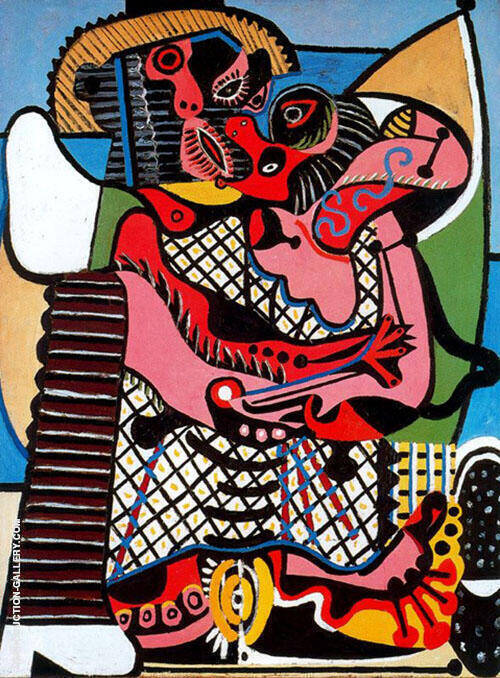

In the months following, Klimt found himself doubting his artistic impulses. Classified as pornographic, the paintings were to be removed when a startled Klimt called on a wealthy donor to help him retrieve the paintings.

during World War II) scandalized the public for their blatant depiction of pubic hair. These paintings (which were subsequently destroyed by the S.S. As was typical of Klimt’s style, he painted female nudes as metaphors for philosophy, medicine, and jurisprudence.

Soon before he painted his masterpiece, he was commissioned to paint three works for the ceiling of the University of Vienna. Meanwhile, Vienna Secession artists like Klimt (and his admirers Egon Schiele and Oskar Kokoschka) sought to fuse visions of the sacred and the profane, abandoning the formalities of academic styles, and embracing themes of desire, sexuality, and psychology, while freely incorporating elements of design.īut the outlandish Klimt was a bit chastened by the time he got around to painting The Kiss. At the dawn of the 20th century, long-standing Catholic traditions were upended by radical philosophies and the emerging field of psychology, including the writings of the city’s own Sigmund Freud. Klimt, who was notorious for his amorous proclivities (he is believed to have fathered some 14 children), emerged as a unique voice during a period of intense modernization in Vienna. That same philosophy occasionally got the artist into hot water. Gustav Klimt, Die Medizin (Kompositionsentwurf) (1897–98). The Kiss Was Painted in the Aftermath of a Scandal We’ve highlighted three intriguing facts that might change the way you look at it.
The kiss painting full#
Reproductions of the work often crop the painting to a more rectangular shape, obscuring the balanced heavenly realm Klimt had imagined the couple within.Īnd that’s just the beginning-the seemingly serene image is full of surprises. The picture, which hangs in the Upper Belvedere Museum in Vienna, is heroically scaled, measuring a perfect 72 inches square. The painting is so ubiquitous it is difficult to really see. One of the most reproduced artworks of our time, The Kiss is emblazoned on coffee cups, magnets, posters in college dormitories-and even, in these strange times, on facemasks. (Touches of silver and platinum adorn the oil-on-canvas painting as well.)Īs is often noted, Klimt’s flattened perspective and golden hues were partially inspired by the Byzantine frescoes he saw on two trips to Ravenna, Italy, in 1903. Regarded as his masterpiece, Gustav Klimt’s The Kiss (1907–08) (which he named The Lovers ) was the shimmering pinnacle of the artist’s so-called “Golden Phase,” when ornamental gold leaf featured prominently in his canvases. The woman, with a halo of red hair surrounding her face, seems to collapse into his caress: her eyes are closed, one hand is languidly draped around his neck, the other hand reaches up to rest weakly atop the man’s own hand. The man leans down to kiss his beloved, his face turned away so we see only the dark of his hair, crowned by a ring of laurels. In a glittering gold realm, two lovers, a man and a woman, embrace on a flowery field that ends beneath the kneeling woman’s bare feet.


 0 kommentar(er)
0 kommentar(er)
